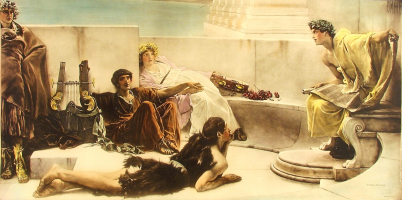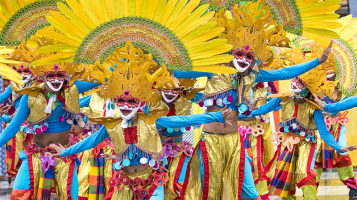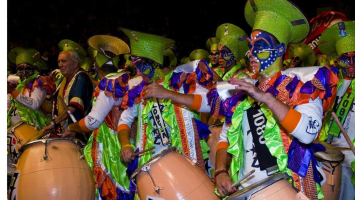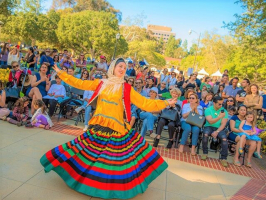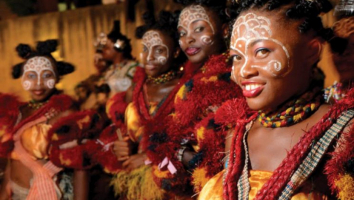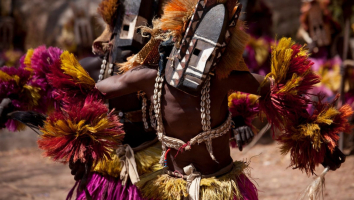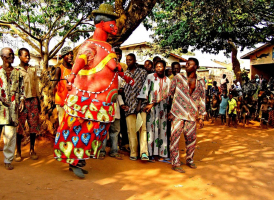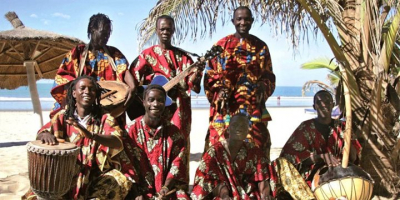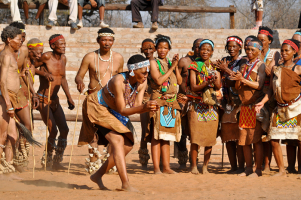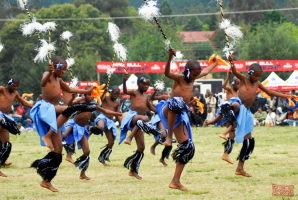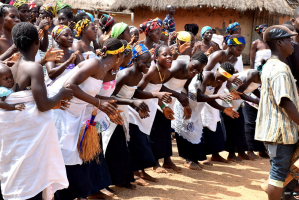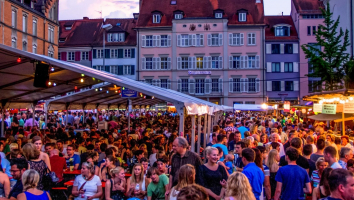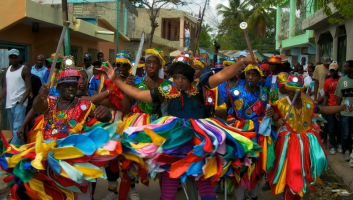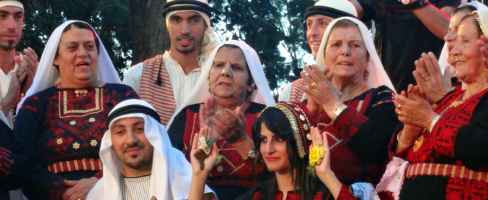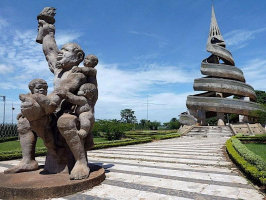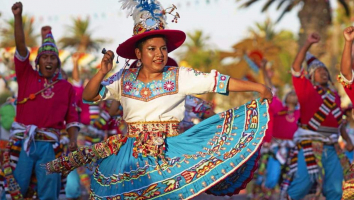Top 10 Most Famous Novels In Russian Literature
The "Golden Era" of Russian literature, as it is commonly known, was the 19th century. Great poets like Alexander Pushkin and Vasily Zhukovsky were the ... read more...beginning. Particularly Pushkin is considered as the father of contemporary Russian literature. Although Pushkin is more known as a poet, Eugene Onegin is considered as the first truly outstanding Russian book. The first fully modern Russian novel is thought to be Nikolai Gogol's Dead Souls, which was first published in 1842. Ivan Turgenev's Fathers and Sons, the first Russian book to become well-known in the West, came after it. Two towering giants in both Russian and international literature rose to prominence in the latter part of the 19th century. Leo Tolstoy and Fyodor Dostoevsky produced novels which are regarded among the finest novels in the history of literature. The best known Russian novels of the 20th century include Doctor Zhivago and The Master and Margarita. Here are the 10 most famous novels in Russian literature.
-
Yevgeny Zamyatin is renowned for satirizing and criticizing the tyranny of the Soviet Union in the 20th century through his literary works. We, his most well-known book, was the first book the Soviet censorship board ever forbade in 1921. We was initially released in English translation in 1924 in New York thanks to an arrangement made by Zamyatin for its smuggling to the West. An envisioned state or society in which there is significant pain or injustice is referred to as a dystopia, which is the opposite of a utopia. In the dystopian novel We, which is set in the future, a world of harmony and conformity is described within a single authoritarian state. It is considered to have exerted a huge influence on the emergence of the genre of dystopia. Moreover, several renowned authors, including George Orwell and Aldous Huxley, were influenced by the novel.
We by Yevgeny Zamyatin is a brilliantly original vision that has influenced authors like George Orwell and Ayn Rand. D-503, a mathematician who dreams in numbers, discovers that he has a unique soul. The residents of the totalitarian society of OneState live out lives devoid of emotion and creativity in a glass-enclosed city of immutable straight lines, controlled over by the all-powerful "Benefactor." We, a dystopian classic set in the year 2600, is considered to be the predecessor of books like George Orwell's 1984 and Aldous Huxley's Brave New World. It remains a thundering scream for individual freedom and was repressed for a long time in Russia. It is also a potent, thrilling, and colorful piece of science fiction. Clarence Brown's brilliant translation is based on the corrected text of the novel, first published in Russia in 1988 after more than sixty years' suppression.Author: Yevgeny Zamyatin
Published: 1924
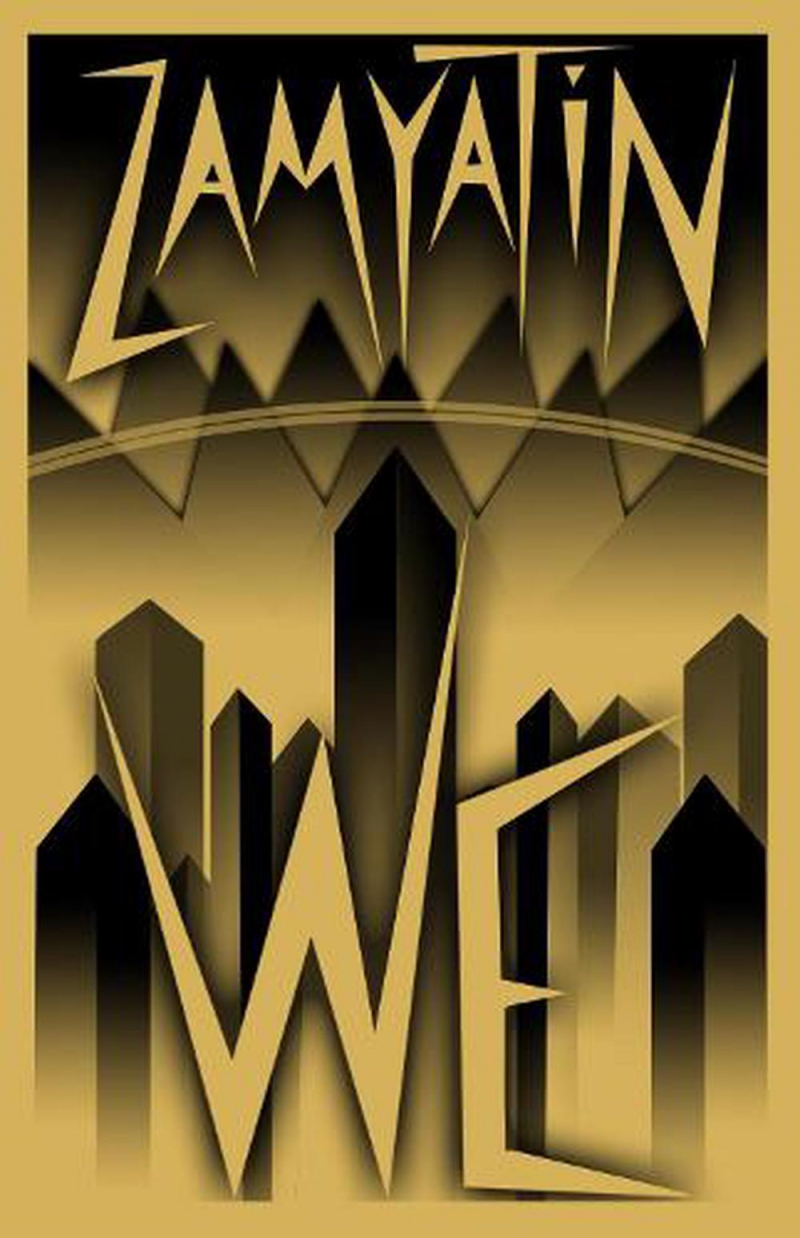
Source: eBay 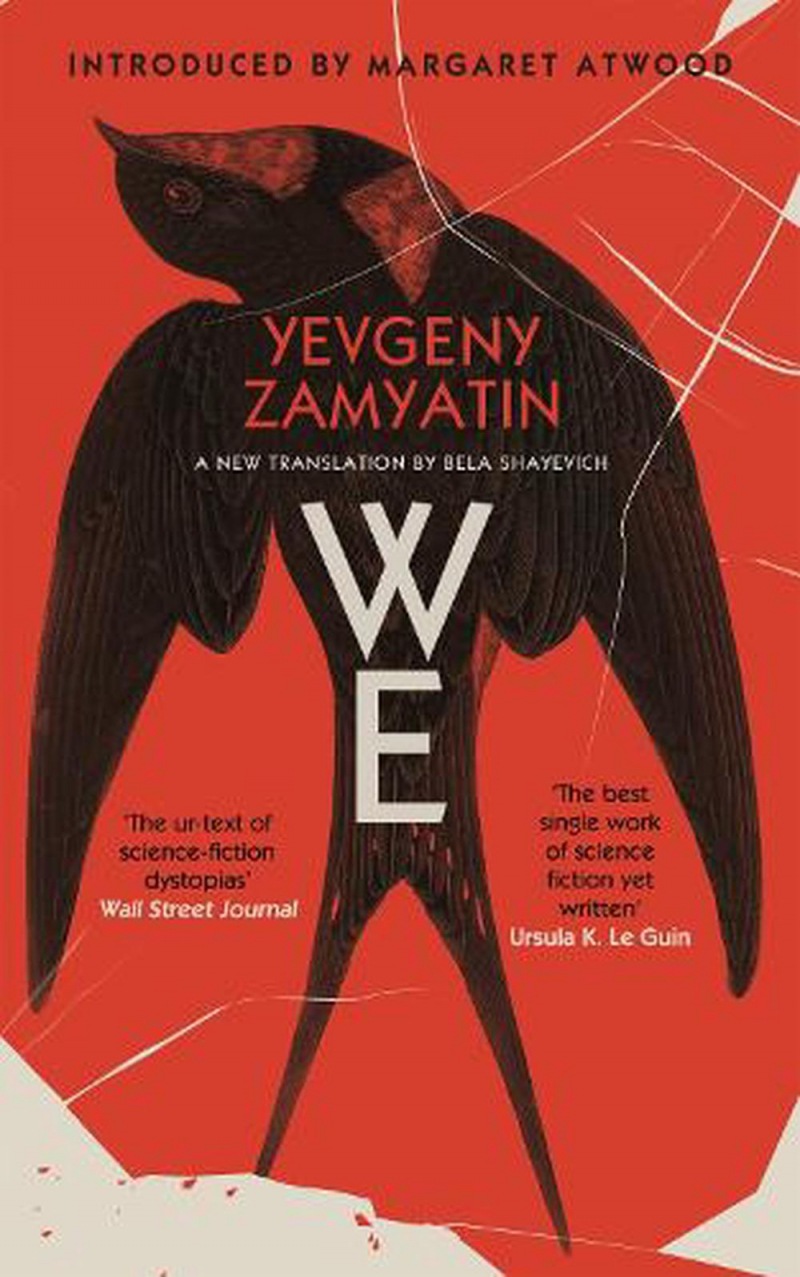
Source: eBay -
Originally published in 1842, Nikolai Gogol's novel Dead Souls (Russian: «ртве дуи», Mjórtvyje dshi) is regarded as a model of 19th-century Russian literature. The story follows Pavel Ivanovich Chichikov's (Russian: авел ванoви ииков) travels and exploits, as well as those of the individuals he meets. These individuals represent the historical Russian middle aristocracy. Gogol called his book a "novel in verse" and described it as a "epic poem in prose" in his own words. Gogol planned for the book to be the first of three volumes, but he burnt the second volume's manuscript just before he passed away.
Some people consider the novel to be finished in its current form even if it terminates in the middle of a sentence (like Sterne's Sentimental Journey). The image (cover page) depicts the original title, which was "The Wanderings of Chichikov, or Dead Souls. Poema," which was abbreviated to to "Dead Souls." Before the serfs were freed in the Russian Empire in 1861, landowners had the legal right to employ serfs to work their land. Serfs were generally regarded as the landowner's property, and as such, he or she could purchase, sell, or mortgage them just like any other chattel. The classifier "soul" was used to count serfs (and humans in general) as in "six souls of serfs." The novel's storyline depends on "dead souls," or "dead serfs," who are still listed in property registers. The title also alludes to the characters in Gogol's works being "dead souls," each of whom stands for a different part of poshlost (a Russian noun rendered as "commonplace, vulgarity", moral and spiritual, with overtones of middle-class pretentiousness, fake significance and philistinism).
The book follows Chichikov as he explores the estates of landowners who reside close to a guberniya's capital in a circular format. Gogol sought to imitate the Divine Comedy and the Odyssey, but The plot of Dead Souls centers on a gentrified version of the rascally protagonist from the original picaresques, and many critics attribute Dead Souls' episodic format to the picaresque novels of the 16th and 17th centuries. The first person to present a thorough comparison of Gogol's and Homer's writings was Konstantin Aksakov, who wrote, "Gogol's epic revives the ancient Homeric epic; you identify its character of importance, its artistic merits, and the broadest extent. When comparing two things, Gogol entirely loses himself in the issue, putting the event that prompted the comparison on hold for a while. He will continue to talk about it until the subject is worn out. Every reader of The Iliad was struck by this device, too." Nabokov also pointed out the Homeric roots of the complicated absurdist technique of Gogol's comparisons and digressions.
Author: Nikolai Gogol
Published: 1842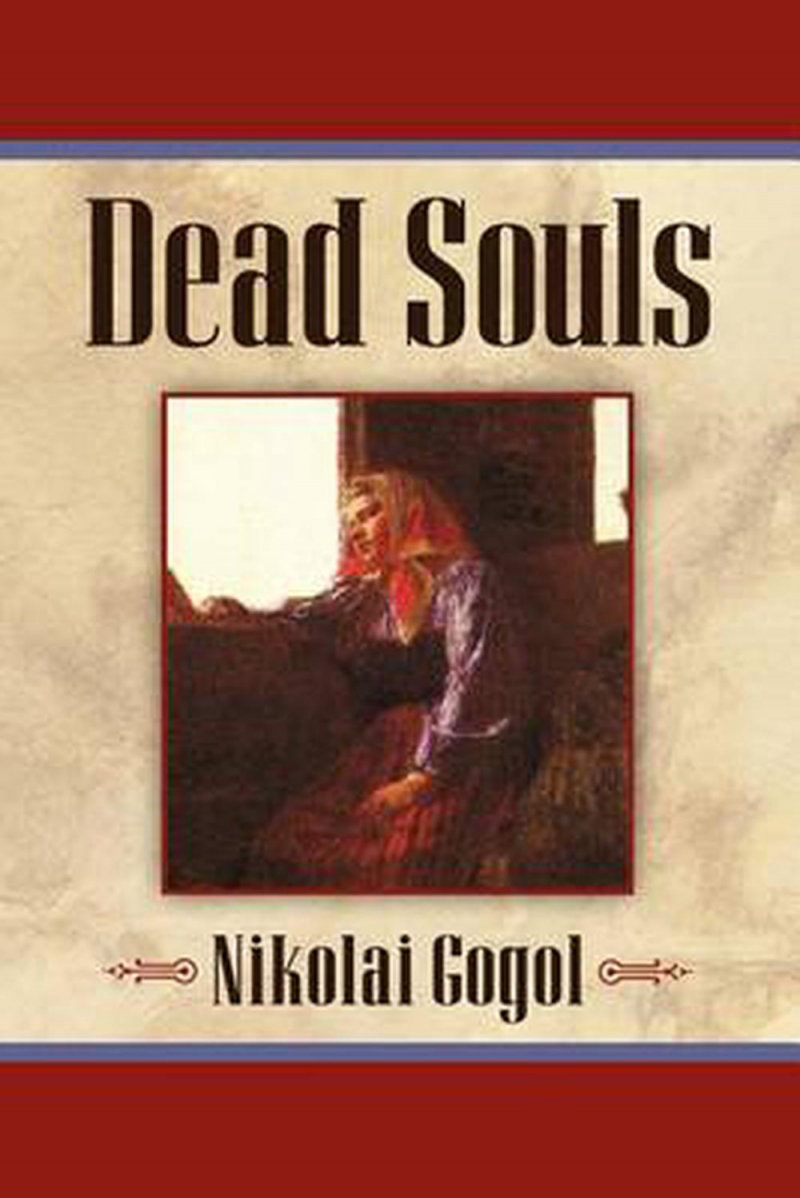
Source: eBay 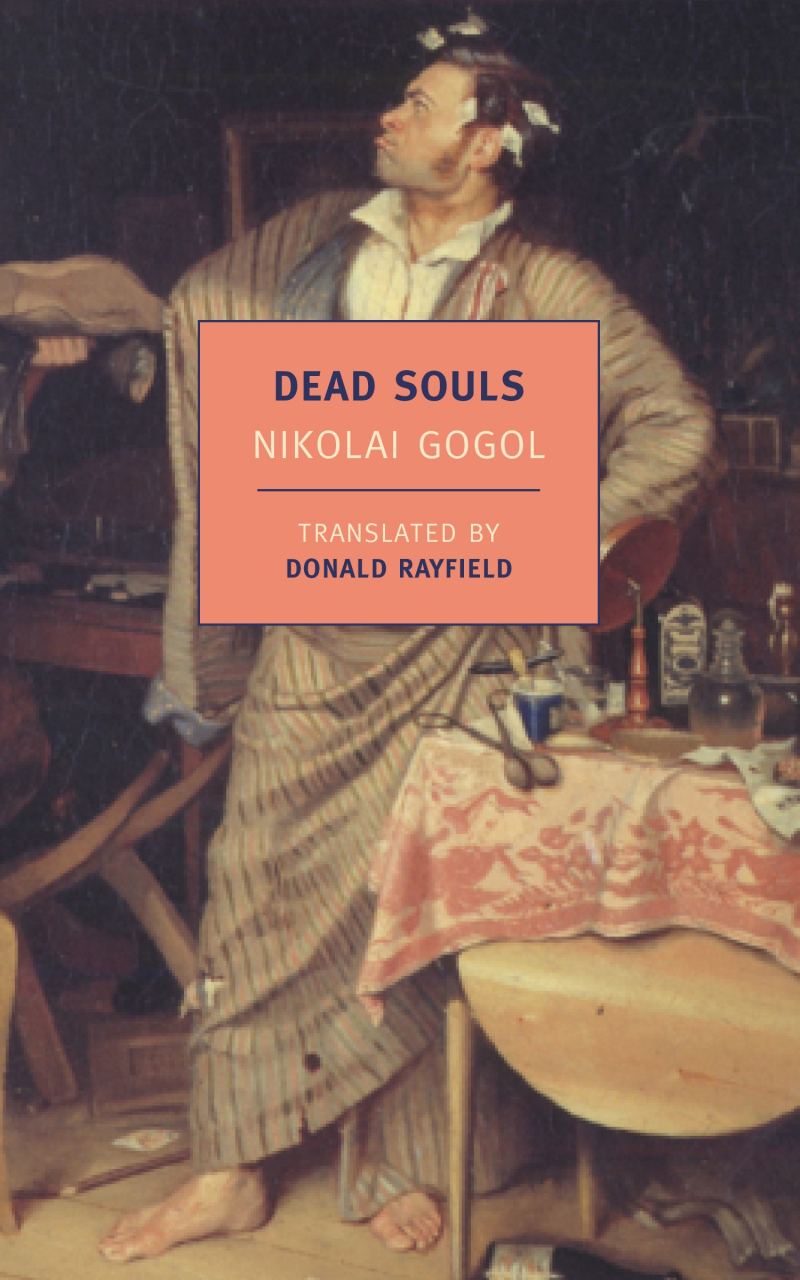
Source: penguin.com.au -
The author Alexander Pushkin is frequently cited as the father of contemporary Russian literature. He created several excellent books, the most well-known of which being Eugene Onegin, despite being more well-known as a poet. Before being released as a complete volume in 1833, the work was first published in serial form between 1825 and 1832. A story in verse, Eugene Onegin contains 389 iambic tetrameter stanzas of fourteen lines each. The titular protagonist of the book went on to become a typical sort of character in 19th-century Russian literature. A disillusioned nobleman who goes by the moniker "the superfluous man," he gets dragged into terrible circumstances due to his incapacity or refusal to take proactive measures to avert them. Considered to be the first truly outstanding Russian novel, Eugene Onegin. Subsequently. It has been a source of countless themes and images in Russian fiction.
Russian author Alexander Pushkin created the narrative poetry novel Eugene Onegin. Between 1825 and 1832, the work was first published in serial form before being fully published as a single volume in 1833. The story of a wealthy cynic who is being chased by a romantic young woman is told in the novel, which is written in 389 stanzas of iambic tetrameter. The novel, which is highly regarded, has been adapted for radio, theater, and several different languages. The book's main character, Eugene Onegin, is a well-to-do Russian aristocrat who resides in St. Petersburg. Balls, parties, and social events abound throughout his life. Despite being charming and well-liked in high society, Onegin rapidly becomes dissatisfied with his way of life and yearns for a change. Onegin makes the decision to relocate when his uncle passes away and leaves him an estate in the countryside. Onegin meets Vladimir Lensky, a romantic young poet, not long after moving into his new home. Lensky is just as ferociously passionate as Onegin is icy-cold. Despite having quite different personalities, the two become friends.
Author: Alexander Pushkin
Published: 1833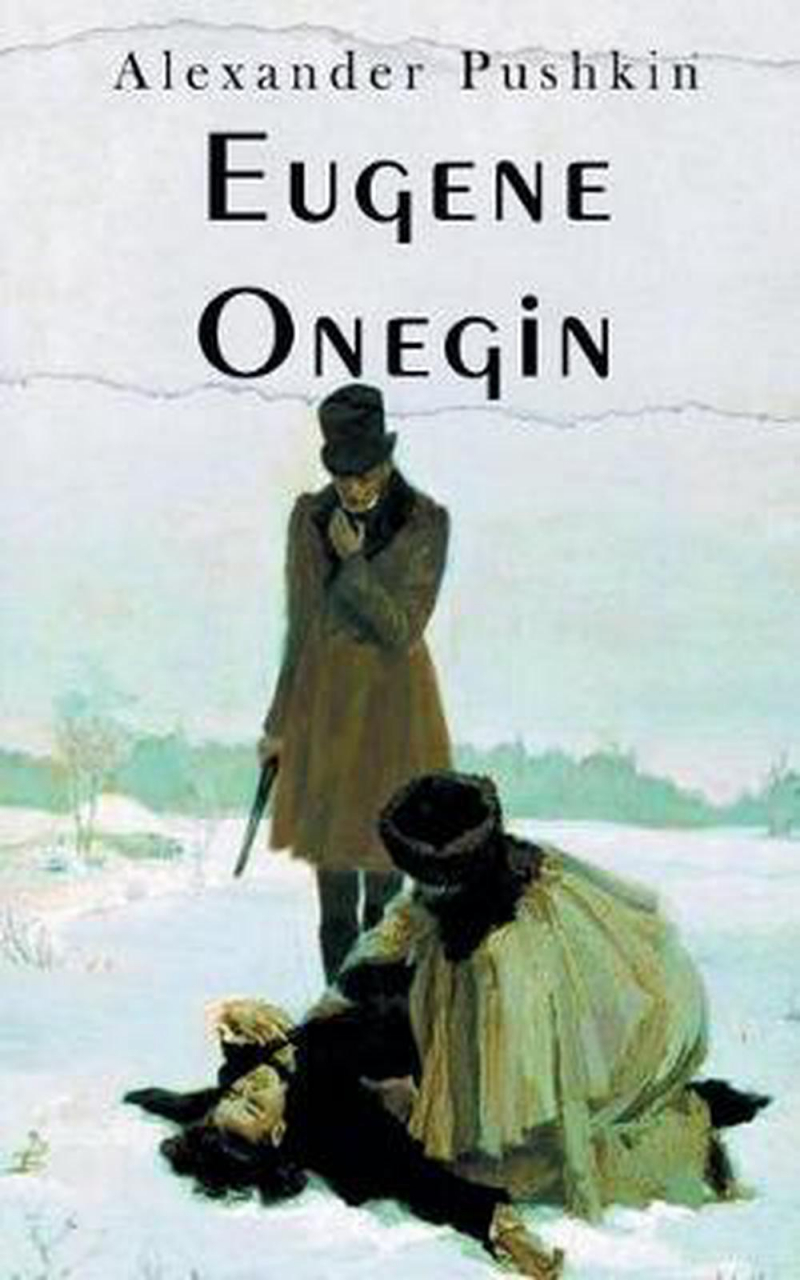
Source: eBay 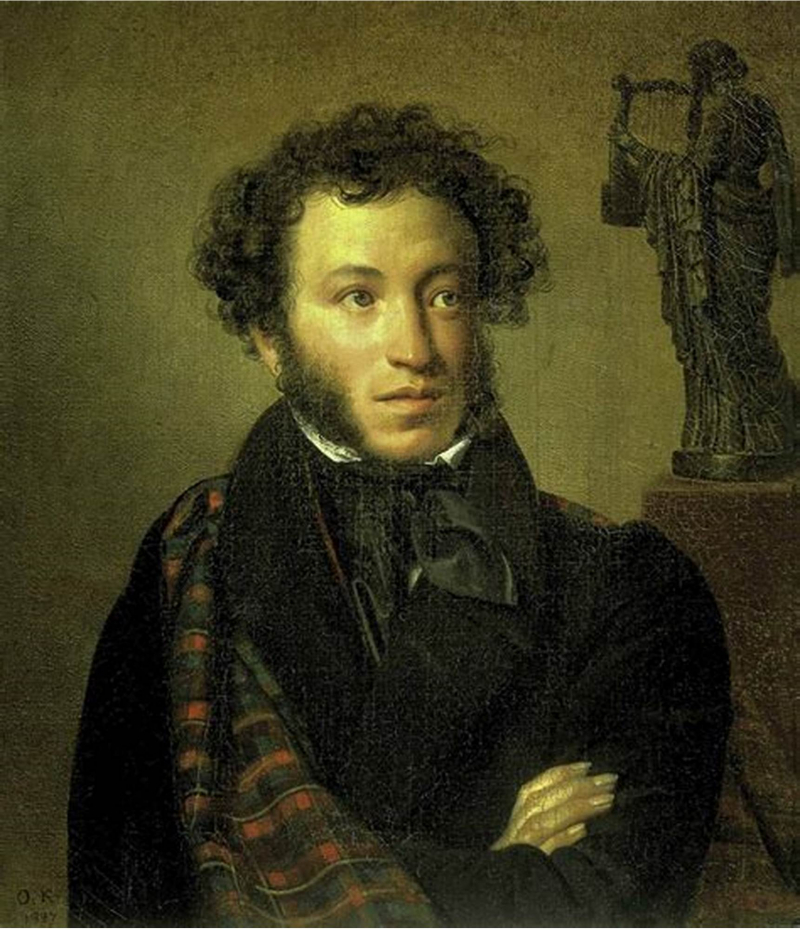
Source: todiscoverrussia.com -
The Brothers Karamazov, commonly known as The Karamazov Brothers, is the final book written by Russian novelist Fyodor Dostoevsky. It is also known by its Russian title, рат арамаoв, Brat'ya Karamazovy. The Brothers Karamazov, which Dostoevsky spent nearly two years composing, was serialized in The Russian Messenger from January 1879 to November 1880. Less than four months after its release, Dostoevsky passed away.
The Brothers Karamazov is a passionate philosophical novel that delves deeply into issues of God, free will, and morality. It is set in 19th-century Russia. It is a theological play with a patricide-centered plot that deals with issues of religion, doubt, and reason in the context of a modernizing Russia. Much of the story was written by Dostoevsky at Staraya Russa, which inspired the main setting. It has been acclaimed as one of the supreme achievements in world literature. Dostoevsky discusses a "literary work that has subtly and involuntarily been taking shape within me during these two years of writing the Diary" in the Writer's Diary piece "To the Reader" from October 1877. The Brothers Karamazov would go into deeper detail on some of the topics and concepts that were covered in The Diary. Patricide, maintaining law and order, and various social issues are some of these.
A personal tragedy influenced the writing of The Brothers Karamazov: in May 1878, Dostoevsky's 3-year-old son Alyosha passed away from epilepsy, a malady he inherited from his father. The book is characterized by the author's anguish. Dostoevsky gave the protagonist the name Alyosha and gave him the traits he most desired and admired. His loss is also reflected in the story of Captain Snegiryov and his young son Ilyusha. The death of his son brought Dostoevsky to the Optina Monastery later that year. There he found inspiration for several aspects of The Brothers Karamazov, though at the time he intended to write a novel about childhood instead. Parts of the biographical section of Zosima's life are based on "The Life of the Elder Leonid", a text he found at Optina and copied "almost word for word.
Author: Fyodor Dostoevsky
Published: 1880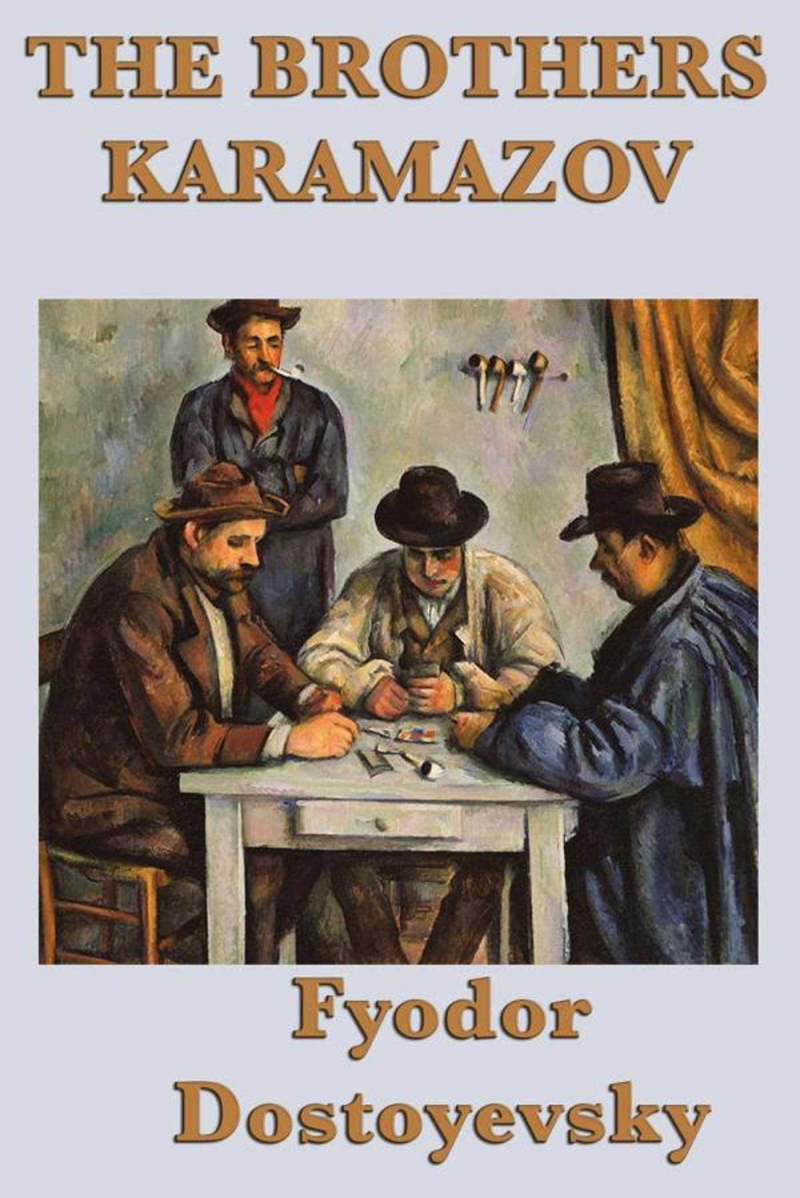
Source: simonandschuster.ca 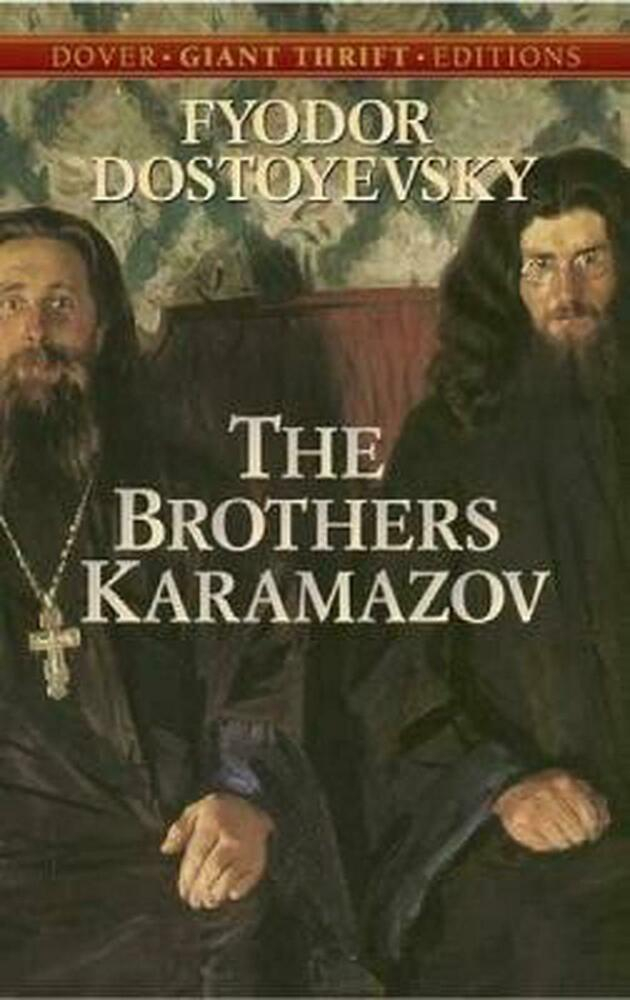
Source: eBay -
Leading Russian author of the 20th century Mikhail Bulgakov frequently challenged Soviet traditions and culture in his works. As a result, the Russian authorities banned a number of his works. 26 years after his passing, his masterpiece The Master and Margarita was released. The story alternates between two action-packed timelines, with one taking place in Jerusalem around the time of Christ and the other in 1930s-era Moscow. The devil, the "Master," a suppressed writer, and Margarita, who loves the Master despite being married, are the three main characters of the tale.
The Master and Margarita is regarded as a classic of the 20th century and the best Soviet satire. It has been widely adapted for use in television, movies, and animated series, animated films, television, theater, radio, opera and other types of music. The Master and Margarita is regarded as one of the fundamental classics of contemporary Russian literature. It is a daring retelling of the tales of Faust and Pontius Pilate. Since the novel's portrayal of Soviet life in the 1930s is so shockingly true, it was only ever published in a redacted edition in the 1960s. Because of how durable its realities are, Russians now frequently use its language.
The devil travels to Moscow one hot spring with a retinue that includes a stunning nude witch and a huge talking black cat who enjoys chess and alcohol. The visitors swiftly cause chaos in a town where neither God nor Satan are believed in. However, they also bring comfort to two miserable Muscovites: Margarita, who is so devoted to the Master that she would practically go to hell for him, and the Master, a writer who was derided for having the audacity to write a book on Christ and Pontius Pilate. What follows is a novel of boundless energy, wit, and intellectual depth, a work whose nuances first appear in Diana Burgin and Katherine Tiernan O'Connor's magnificent translation English version.
Author: Mikhail Bulgakov
Published: 1966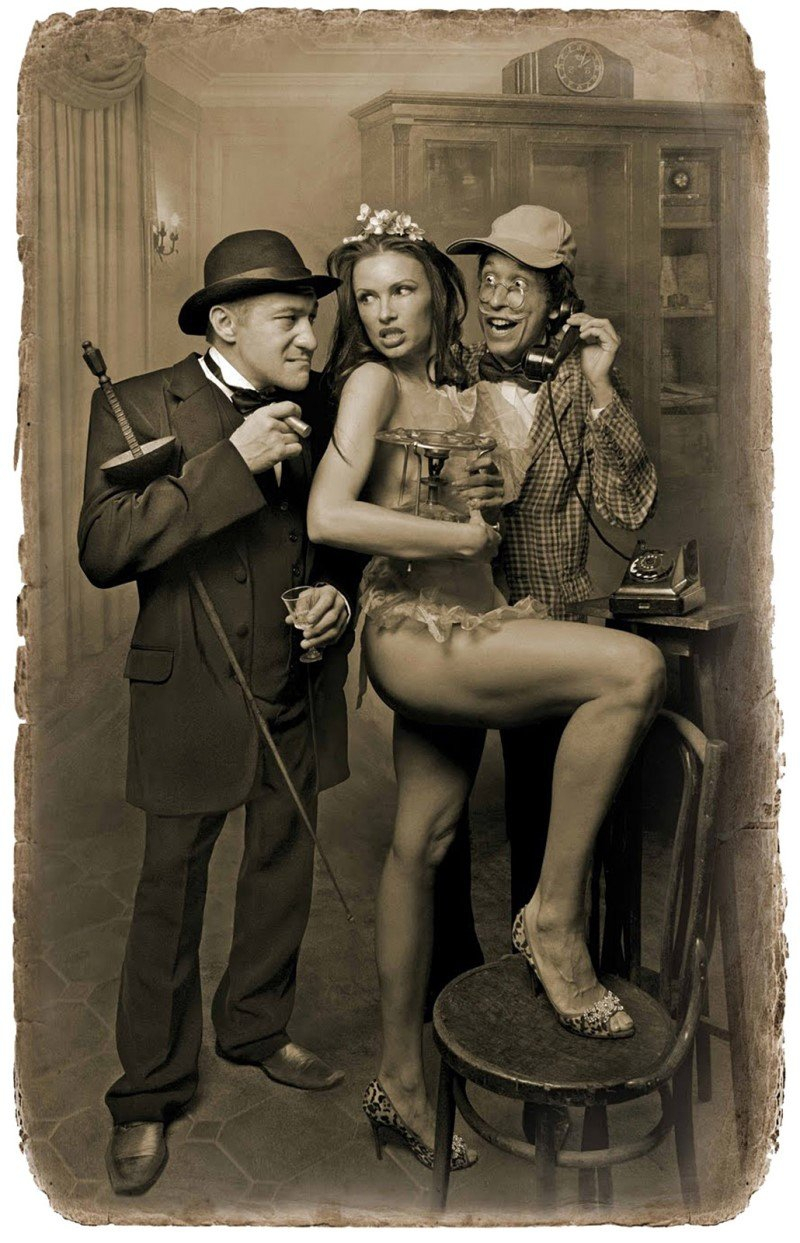
Source: weirdrussia.com 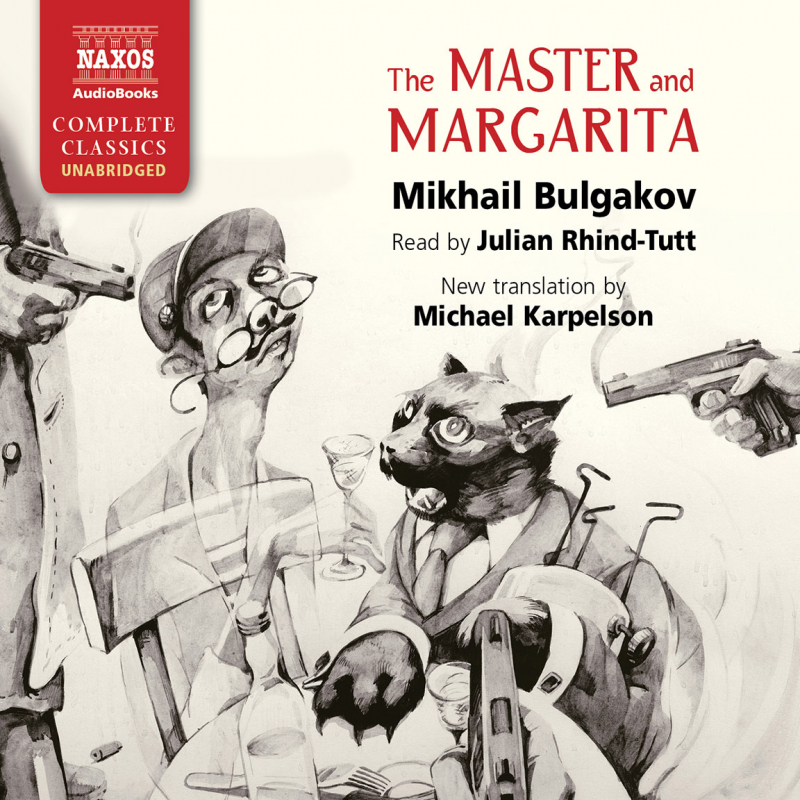
Source: naxosaudiobooks.com -
It took until 1987 for this epic story of how the Russian Revolution and its aftermath affected a wealthy family to be released in the Soviet Union. One effect of its Western publication was Pasternak's utter rejection by Soviet authorities; as a result, he was forced to turn down the 1958 Nobel Prize for Literature. The book rapidly achieved global bestseller status. Pasternak's alter ego, Dr. Yury Zhivago, is a poet, philosopher, and doctor whose life is upended by the war and by his love for Lara, the revolutionary's wife. He is susceptible to the severity and violence of the Bolsheviks because of his artistic inclination. Some of the most exquisite writing in the novel is found in the poetry he writes.
Boris Pasternak initially rose to fame in Russia as a poet, but it was via his book Doctor Zhivago that he gained notoriety in the west. The book's rejection of socialist realism prevented it from being published in Russia. After being smuggled into Milan, the text was published there in 1957. Within hours, Doctor Zhivago spread like wildfire throughout the non-Communist world. Despite being a big seller around the world, it was only translated and circulated within his own country. Additionally, it assisted Pasternak in winning the 1958 Nobel Prize for Literature, which he turned down because of pressure from the Soviet Union. David Lean turned Doctor Zhivago into a movie in 1965. Five Academy Awards, including one for best adapted screenplay, were later given to the movie. Though the novel was initially banned, Doctor Zhivago has been part of the Russian school curriculum since 2003, where it is read in 11th grade.Author: Boris Pasternak
Published: 1957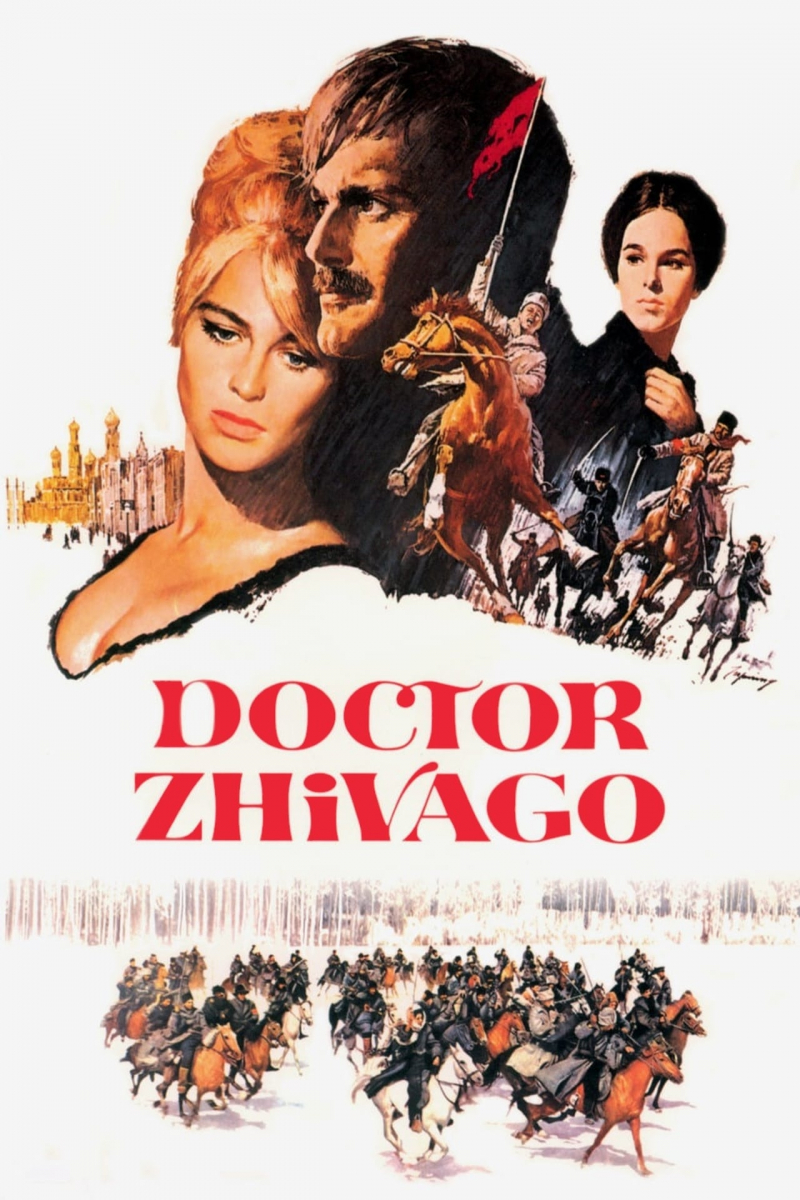
Source: now.megafoxmovies.com 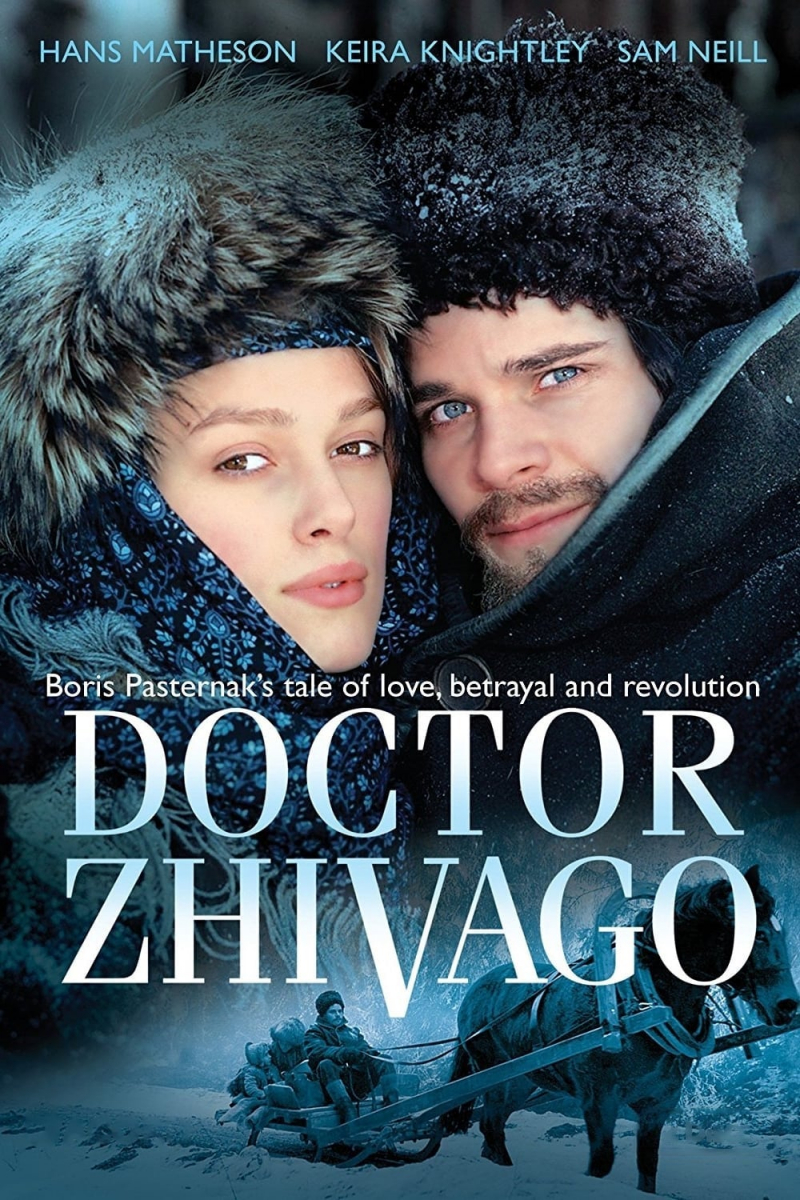
Source: onlinesubtitrat.com -
Ivan Turgenev was the first Russian author to receive widespread acclaim in the West, and as a result, he was instrumental in promoting Russian literature outside of his own country. His most well-known and enduring book, Fathers and Sons, came out in 1862. The novel, which is also known as Fathers and Children, mainly concentrates on the interaction between the elderly and the young. The inevitable struggle between generations and between traditionalists' and intellectuals' values is depicted. Because Yevgeny Bazarov, the book's protagonist, is a nihilist who rejects all moral and religious ideals, it was considered controversial for its time. In fact, after the novel's release, the phrase "nihilism" gained popularity. Along with Dead Souls, Fathers and Sons is regarded as the first truly modern Russian novel. It was also the first Russian work to gain prominence in the Western world.
In Fathers and Sons, Ivan Turgenev examines generational disparities and their disastrous effects. Arkady and Bazarov, two young men who come home from college to a world that has remained unchanged, are the major characters of the novel. Both their friendship with one another and their ties with their fathers must now be redefined in light of the changes they have undergone. The fundamental struggle in the book is between Pavel Petrovich Kirsanov, an uncle of Arkady, who preserves the aristocratic tradition in the face of Bazarov's mockery, and the nihilistic Bazarov, who advocates a solely materialistic outlook on life. Fathers and Sons originally aroused controversy in Russia, with both radicals and conservatives disturbed by the portrait of Bazarov - an energetic, cynical, and self-assured nihilist who repudiates the romanticism of his elders.
Author: Ivan Turgenev
Published: 1862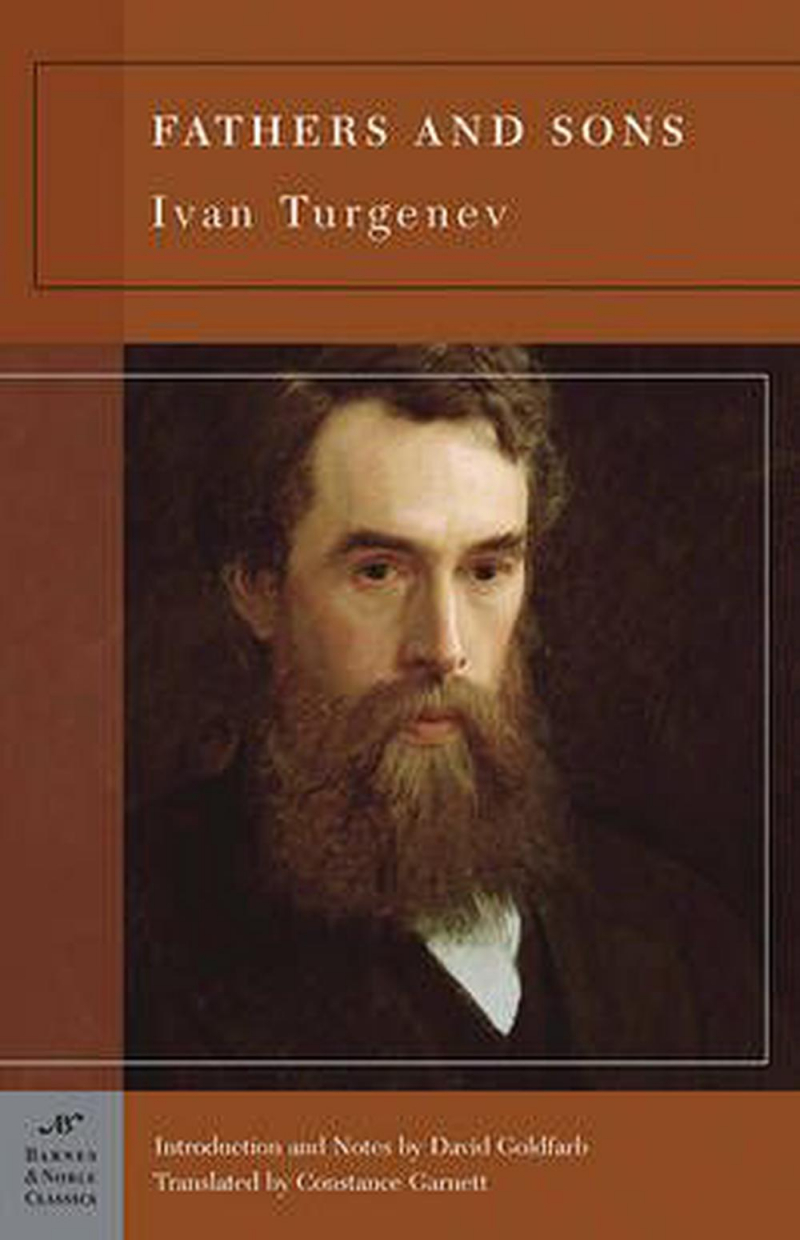
Source: eBay 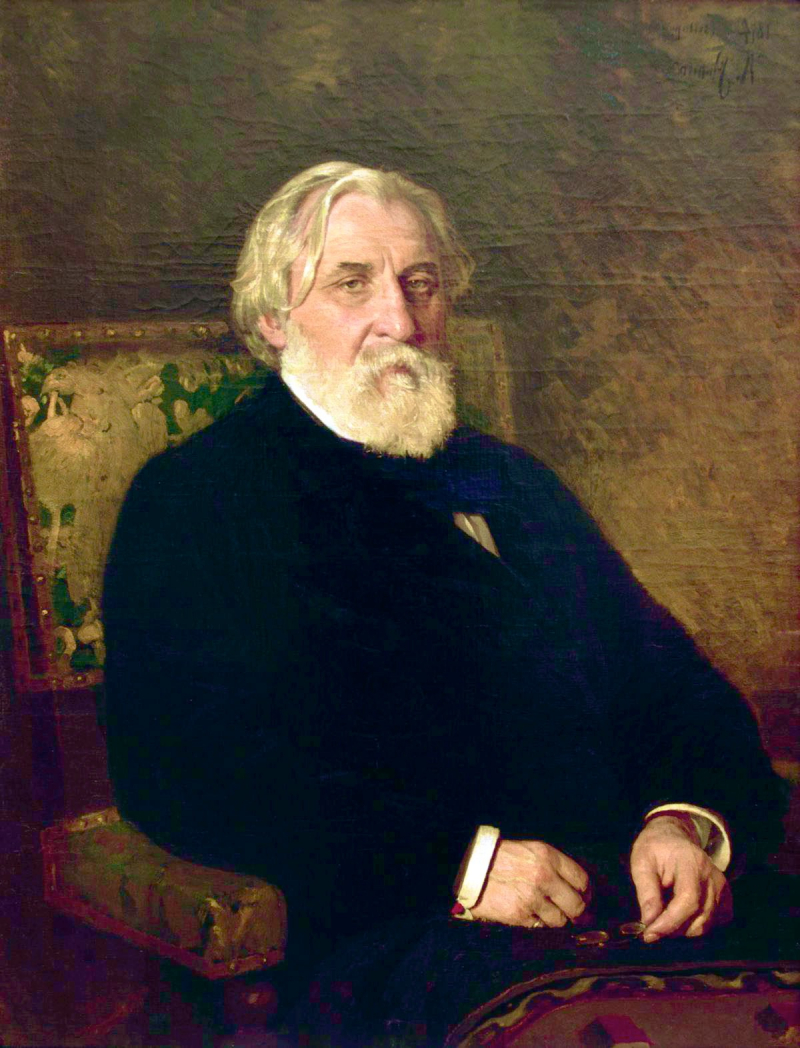
Source: networthroll.com -
Dostoevsky's works of literature examine human psychology amid the turbulent political, social, and spiritual contexts of 19th-century Russia. Crime and Punishment concentrates on the moral struggles and mental pain of its lead character Rodion Raskolnikov. Raskolnikov is impoverished, and because of this, he decides to plan the murder of a dishonest pawnbroker in order to obtain her money. The first outstanding novel of Dostoevsky's mature age was Crime and Punishment, which was first published in the literary journal The Russian Messenger. It has come to be regarded as one of the pinnacles of literary achievement.
The story's masterpiece status is due, among other things, to its feverishly engaging tone. The most well-known book by what is arguably the greatest Russian author after Leo Tolstoy is called Crime and Punishment. ‘Crime and Punishment’ is the first of Dostoevsky’s so-called major works. Dostoevsky had rough ideas for making a novel about the psyche of a criminal while in prison in Siberia. This idea would however be combined with another work he was developing that was about a drunk, tying Raskolnikov’s storyline with the irresponsible Marmeladov and subsequently, Sonia.
When Dostoevsky returned from his forced exile and imprisonment in Siberia, he met radical views among the Russian elite that dominated the Saint Petersburg cultural and intellectual landscape. In large part, "Crime and Punishment" is his philosophical response to these beliefs. Raskolnikov, Luzhin, and Svidrigailov are examples of characters that Dostoevsky created in an effort to confront what he saw as foolish and perilous nihilist views. Strongholds of conservative ideology like Porfiry, Sonia, Razumikhin, and Dunya oppose them. The conservatives prevail in a fierce intellectual debate, demonstrating the undisputed superiority of their viewpoint and, consequently, Dostoevsky's ideas.
Author: Fyodor Dostoevsky
Published: 1866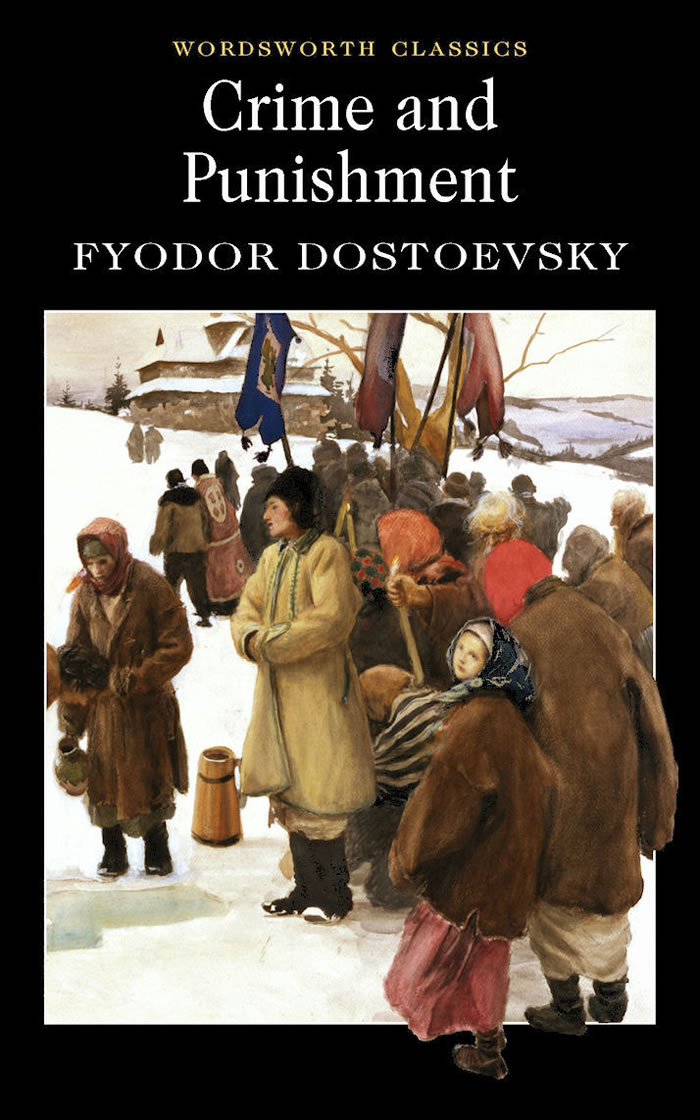
Source: blogspot.com 
Source: ochm.ca -
Leo Tolstoy is recognized as one of the finest writers of all time and a master of realistic fiction. The Russian Messenger magazine first released Anna Karenina in installments between 1875 and 1877. It was initially released as a book in 1878. The central conflict of the book is around Count Alexei Kirillovich Vronsky and Anna's adulterous affair, which drives them from Saint Petersburg to Italy. Perhaps Tolstoy's most well-known quote is found in the opening line of his book: "All happy families resemble one another; each unhappy family is miserable in its own manner." One of the pinnacles of world literature and a challenging novel with eight sections, Anna Karenina is widely regarded as the best novel ever. It has been adapted into various media including theater, opera, film, television, ballet, figure skating and radio drama.
Anna Karenina, widely regarded as the finest novel ever written, offers a comprehensive portrait of both humankind and Russian society today. In it, Tolstoy employs his keen imagination to develop some of literature's most enduring characters. In order to satisfy her passionate nature, Anna, a smart woman, leaves her empty life as Karenin's wife and goes to Count Vronsky, with tragic results. Tolstoy's personal opinions and convictions are frequently expressed by Levin, who is a reflection of the author himself. Throughout, Tolstoy points out no moral, merely inviting us not to judge but to watch. As Rosemary Edmonds comments, 'He leaves the shifting patterns of the kaleidoscope to bring home the meaning of the brooding words following the title, 'Vengeance is mine, and I will repay.
Author: Leo Tolstoy
Published: 1878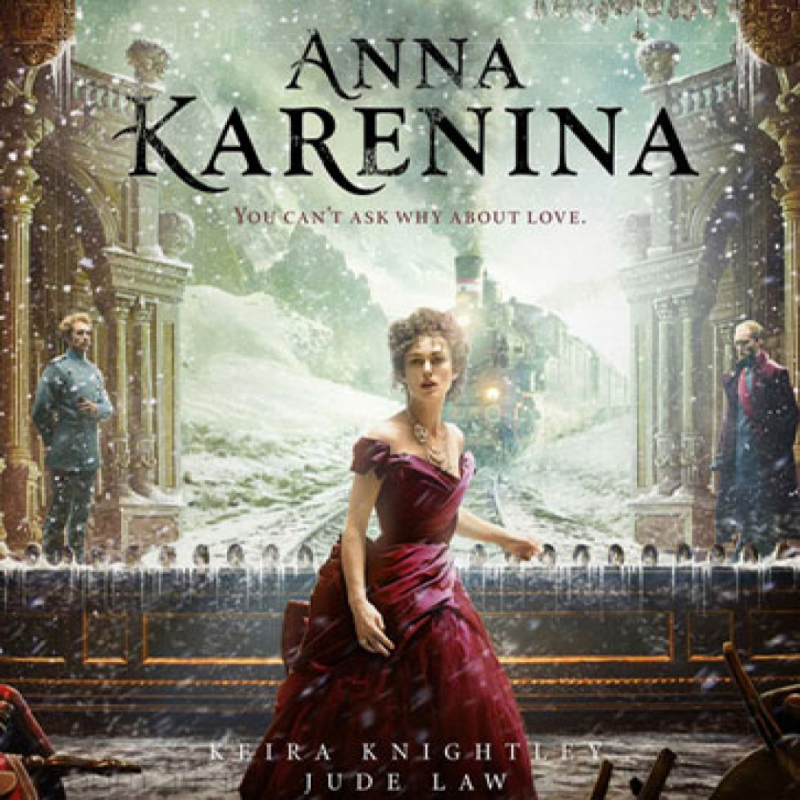
Source: bookspdf4free.com 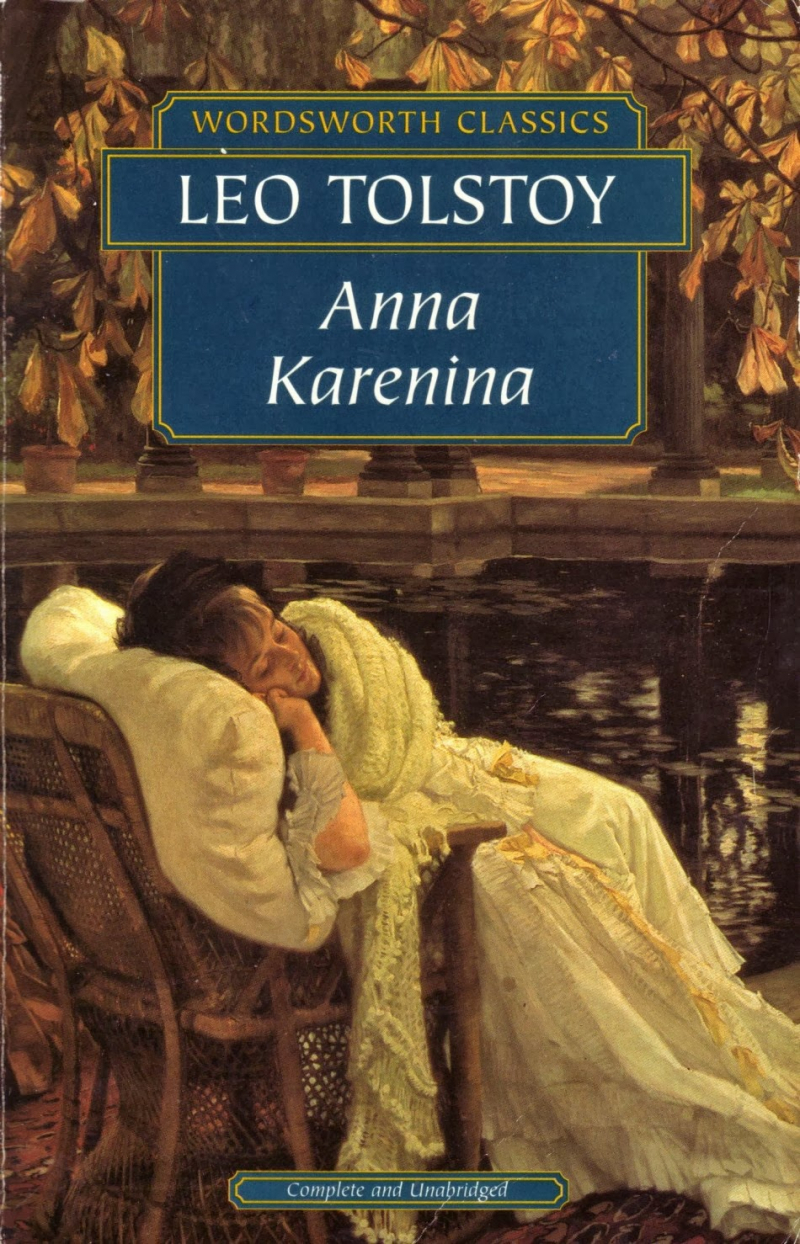
Source: blogspot.com -
A historical book called War and Peace tells the story of Napoleon's invasion of Russia in 1812. Tolstoy masterfully follows individuals from various backgrounds—peasants and aristocrats, citizens and soldiers—as they battle issues particular to their time and society as Napoleon's army invades. The novel's three main characters are Natasha Rostov, the daughter of a nobleman who intrigues both men, Prince Andrei Bolkonsky, who leaves his family behind to fight in the war, and Pierre Bezukhov, the illegitimate son of a count who is battling for his inheritance and yearns for spiritual fulfillment. War and Peace is well known for its mastery of realistic detail and range of psychological analysis, among other things. Tolstoy never classified the novel and called it “not a novel, even less is it a poem, and still less a historical chronicle”. War and Peace is regarded as one of the finest literary achievements in the history of world literature. It is the most famous novel of the most famous Russian novelist.
Tolstoy's timeless work has captivated readers for years with its epic, enchanting tale of two noble families and their interwoven fates as well as a broad view of Russian society during the Napoleonic Wars. Now read the first draft of the most well-known book in Russia, which was never released during Tolstoy's lifetime. For fans of Tolstoy and new readers alike, this edition—unknown for more than a century—is important reading due to its subtly altered characters, language, and ending. It is top-tier literature in its most vibrant and alive form.
Author: Leo Tolstoy
Published: 1869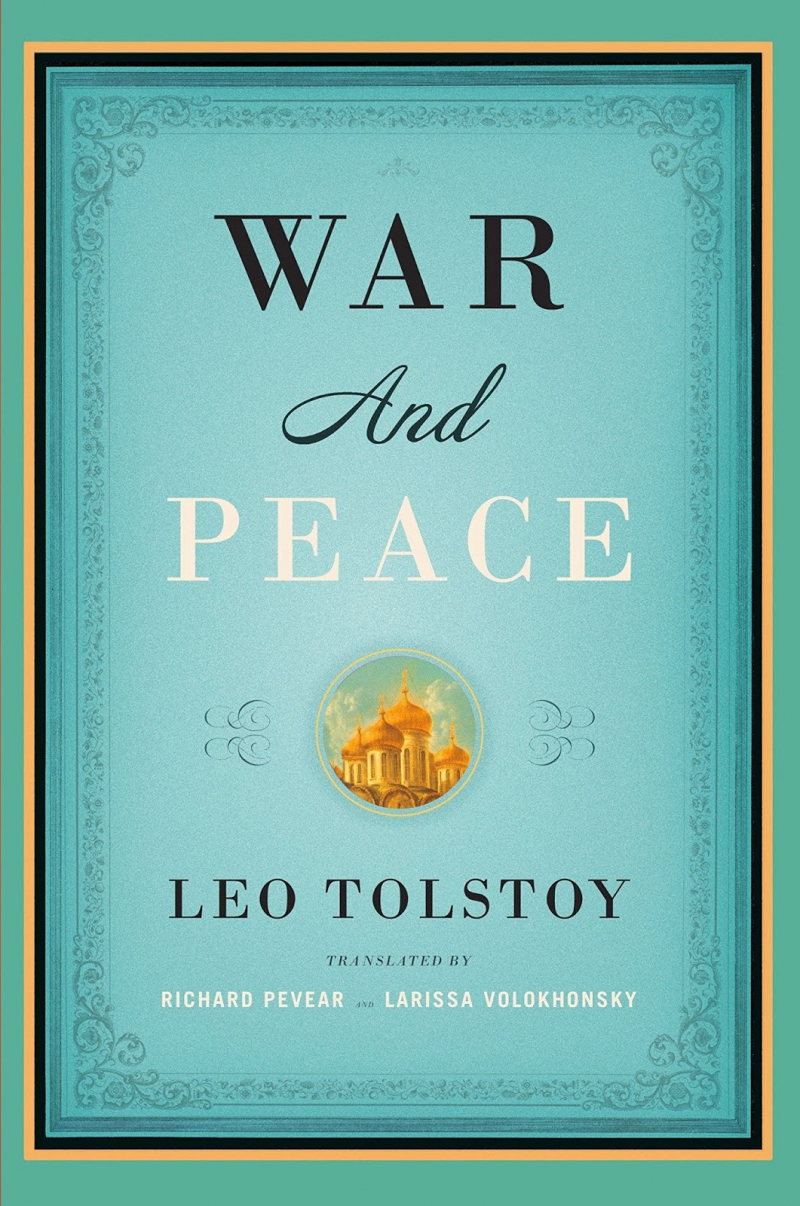
Source: kotobfree.com 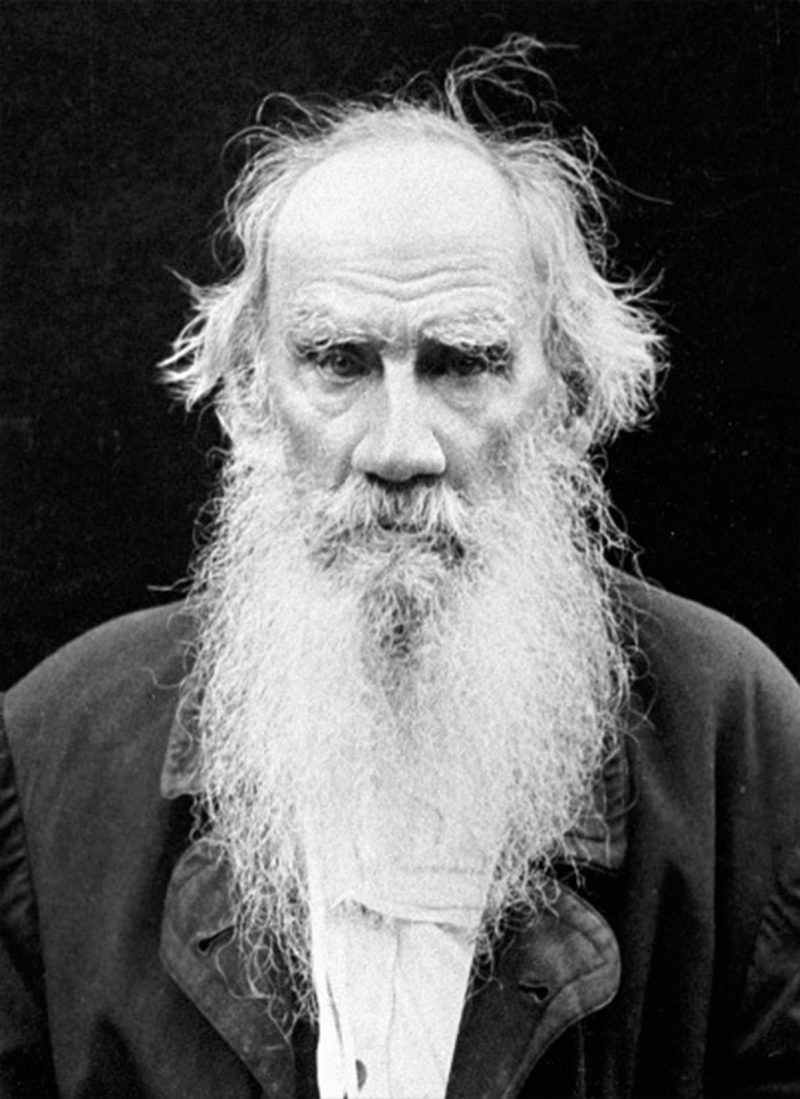
Source: blogspot.com












